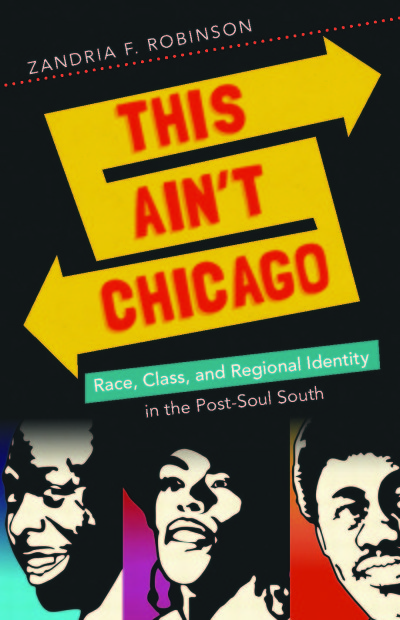
“Trick,” as it is used in the film, is a moniker that springs from black cultural use, and is thus inherently racialized as black. Shelby generates the beat “old school” style with an MPC, Key assists with the preparation for recording, an accompanying (organic, almost) dance ensues, and “whoop that trick” is born. Because DJay “ain’t trying to call no ho no bitch,” or isn’t trying to be offensive to women, they come up with “whoop that trick” instead. Flipping through his pad of lyrics, the original hook DJay comes up with is “beat that bitch,” which Shelby and Key gently suggest might be, ahem, offensive to women. Qualls and Anthony Anderson, respectively, are working with the problematic-pimp-protagonist DJay (Terrence Dashun Howard) to create a crunk song for radio release. “Whoop that trick” enters the film when characters Shelby and Key, played by Nashville-native D. With star Memphis writer and rapper Al Kapone at its helm, the song also offers a distinctly Memphis rap sound, a buck-jumping, gangsta walking sound, popularized at Crystal Palace Skating Ring in the late 1980s and 1990s and given a larger audience via Lil’ Jon and others on the Atlanta crunk scene in the late 1990s. Heavy on the down beat like funk, the impetus and directive is to, well, whoop! somebody who has violated you. “Whoop That Trick” is a classic shit-talking, I-dare-you-to-step-to-me rap song with a classic southern (and West African) call and response chorus: Whoop that trick! (Get ‘im!) Whoop that trick! (Get ‘im!). Thus, when Memphis crowds began chanting “whoop that Clip” during the Clippers’ series, signifying on the Al Kapone song from the film, “Whoop that Trick,” and eventually just went all out and actually chanted “whoop that trick”-I was immediately proud. I’ve used Brewer’s film often in my research about southern cities, southern cultures, and contemporary black southern identity, despite some of its problematic epistemology, and I see it as an important teaching tool. When I was a Sociology and Southern Studies prof at the University of Mississippi, I made several classes watch Craig Brewer’s 2005 film Hustle & Flow, including two very white Introduction to Southern Studies courses and two more or less integrated Urban Sociology courses. You can’t help it because your life is inextricably linked with that person or object, the love, the pain, and the structures that influence how you experience the love-pain dialectic. In the blues, you don’t learnto love the one who does you wrong.

We are the embodiment of the blues, a blues people, a post-soul people. Many of us have always loved the city, like we love America, despite the fact that it doesn’t do us right. “Yea,” yes, “yea” for white folks’ “learning to stop worrying and love whoop that trick.” But also, “nay,” since it precisely is white folks (and some misguided black middle class folks) who for structural reasons and reasons of unexamined privileged are more likely to be embarrassed by the city’s reputation and public face in the first place.
I’m uttering a lusty and simultaneous “Nay” to the frantic white people energy around the Grizzlies playoff anthem, “whoop that trick,” perhaps most notable in this post by Apryl Childs-Potter. “…the Negro must, while joining in the chorus of “Yeas” which the book has so deservedly evoked, utter a lusty and simultaneous “Nay.”

In Ralph Ellison’s 1944 review of Gunnar Myrdal’s The American Dilemma, he begins by describing his feelings about the massive work thusly:


 0 kommentar(er)
0 kommentar(er)
